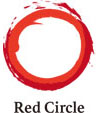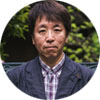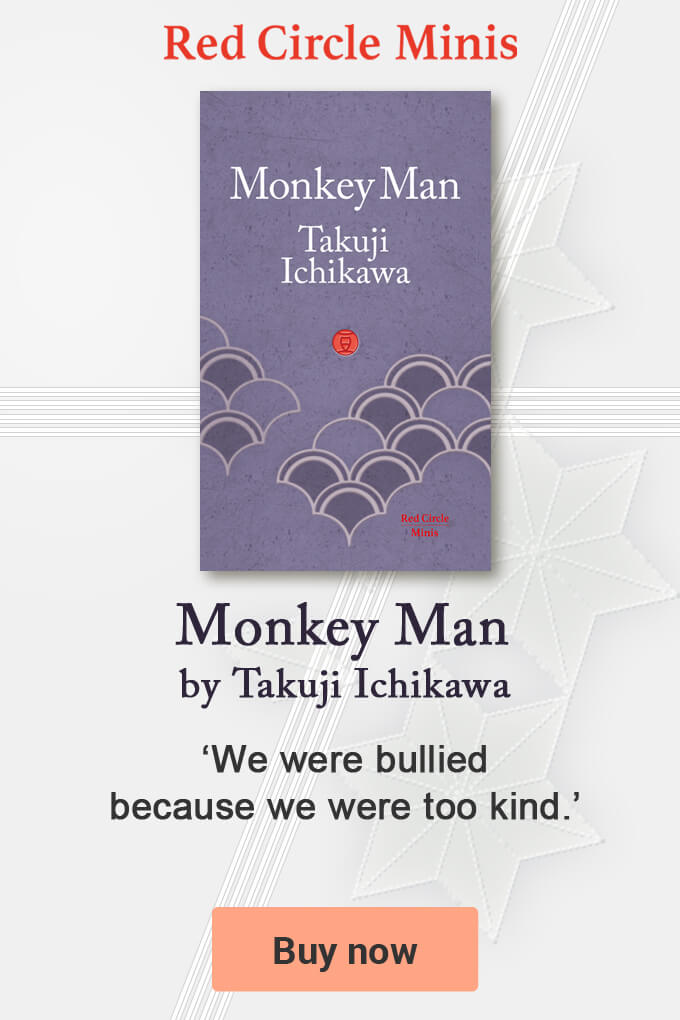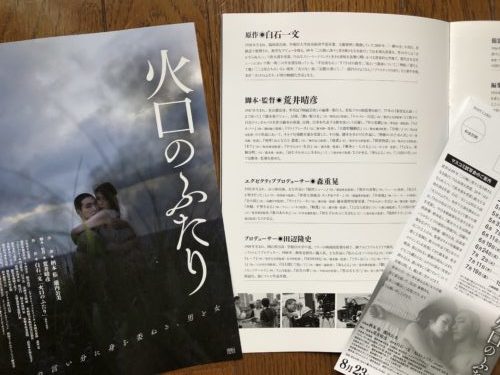 Special promotional materials provided at the previews for the launch of the film adaptation of Kazufumi Shiraishi’s novel Lovers at the Crater, directed by Hiruhiko Arai, Photograph: Red Circle Authors Limited.
Special promotional materials provided at the previews for the launch of the film adaptation of Kazufumi Shiraishi’s novel Lovers at the Crater, directed by Hiruhiko Arai, Photograph: Red Circle Authors Limited.A film adaptation of Lovers at the Crater (kakou no futari), a novel by the award-winning Red Circle author Kazufumi Shiraishi, will be released nationally in Japan next month.
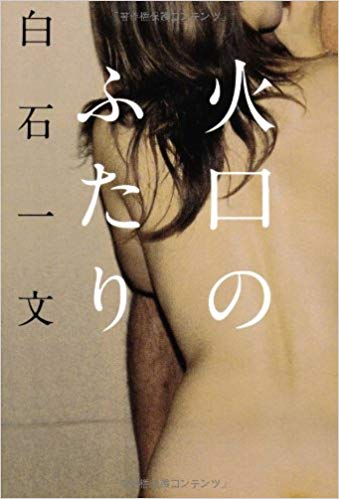 Cover of the novel Lovers at the Crater (kakou no futari), by the award-winning Red Circle author Kazufumi Shiraishi.
Cover of the novel Lovers at the Crater (kakou no futari), by the award-winning Red Circle author Kazufumi Shiraishi.The novel, a 232-page tale of lust, passion and extreme love, was first published in hardback (tankobon) in November 2012, 21 months after Japan was hit by the devastating earthquake, tsunami and nuclear meltdown, that killed more than 18,000 people in March 2011.
After the disaster many in Japan started questioning the lives they lived sometimes with life changing consequences. For some, old friendships were rekindled, and new career choices made, while others just decided to live recklessly and for the moment. Shiraishi’s story consciously explores the pleasures and risks of meeting old flames in an uncertain world.
Several of Shiraishi’s novels have been adapted for television, but Lovers at the Crater, set in post-disaster Japan, is his first work to be made into a full-length feature film.
 Promotional poster for Lovers at the Crater (kakou no futari) a film based on a novel by Kazufumi Shiraishi, directed Hiruhiko Arai.
Promotional poster for Lovers at the Crater (kakou no futari) a film based on a novel by Kazufumi Shiraishi, directed Hiruhiko Arai.The film, the third to be directed by the multi award-winning screenwriter and director Hiruhiko Arai, stars Tasuku Emoto who comes from a family of actors, and Kumi Takiuchi.
Years after the Great East Japan Earthquake and Tsunami, Kenji Nagahara, played by Emoto, who has experienced his own personal disasters, including divorce and bankruptcy, receives an invitation to return to his hometown Akita in northern Japan – an area famous for rice, sake, a breed of dog and beautiful women – to attend the wedding of Naoko Sato, played by Takiuchi, an old-friend and former lover.
After his arrival, Naoko asks him seductively, ‘Tonight, why don’t we return to that time?’ And they decide on one last night of passion before her wedding. ‘Only one night’ is, however, a promise they find impossible to keep as their passion and desire for each other are unleashed anew.
Interestingly, some academics at universities outside Japan are now focusing their research on so-called ‘post-disaster Japan’, its fiction, media and society.
Shiraishi’s novel and its film adaption, which celebrates Japan as it is now and depicts an unusual and extreme but very modern Japanese summer romance that takes place seven years after the 2011 disaster, no doubt falls squarely within scope of these research interests, as well as Japanese cinema goers.
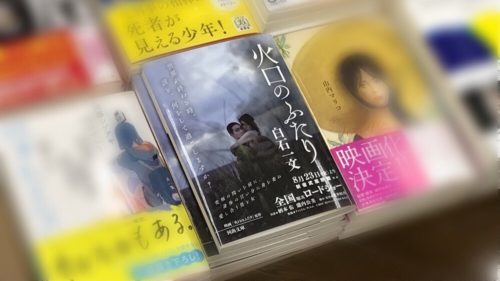 Movie tie-in edition of Kazufumi Shiraishi’s novel Lovers at the Crater (kakou no futari). Photograph: @rinko3373.
Movie tie-in edition of Kazufumi Shiraishi’s novel Lovers at the Crater (kakou no futari). Photograph: @rinko3373.The novel, published by Kawade Shobo was republished in paperback (bunkobon) in 2015. Initial reviews and feedback of the film have been very positive, and following the national release of the 115-minute film next month on 23 August, interest is expected to grow – generating significant new sales for the paperback edition of Lovers at the Crater, with its new movie tie-in cover, and the Naoki Prize-winning author Shiraishi.
Japanese language promotional materials about the film can be viewed here.
 About Red Circle:Red Circle Authors Limited is a specialist publishing and communications company that conducts bespoke projects on behalf of a carefully selected and curated group of leading Japanese authors. Red Circle showcases Japan’s best creative writing. For more information on Red Circle, Japanese literature, and Red Circle authors please visit: www.redcircleauthors.com.
About Red Circle:Red Circle Authors Limited is a specialist publishing and communications company that conducts bespoke projects on behalf of a carefully selected and curated group of leading Japanese authors. Red Circle showcases Japan’s best creative writing. For more information on Red Circle, Japanese literature, and Red Circle authors please visit: www.redcircleauthors.com.

